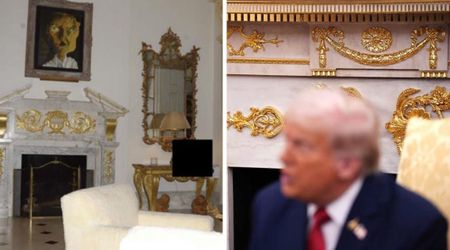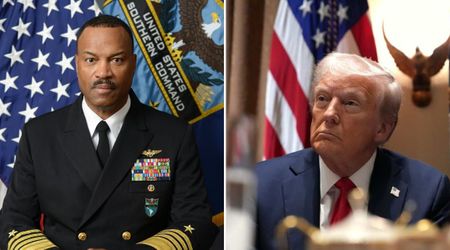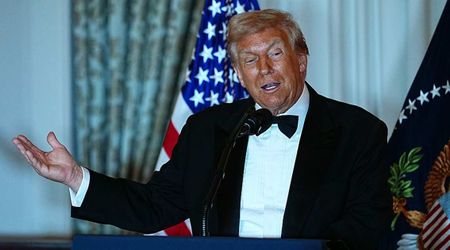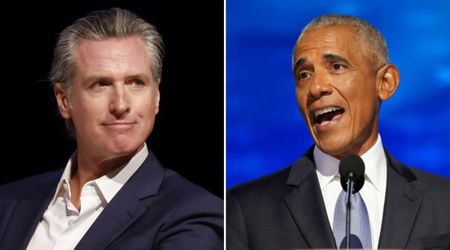Fact Check: Did the US Coast Guard change its classification of hate symbols?
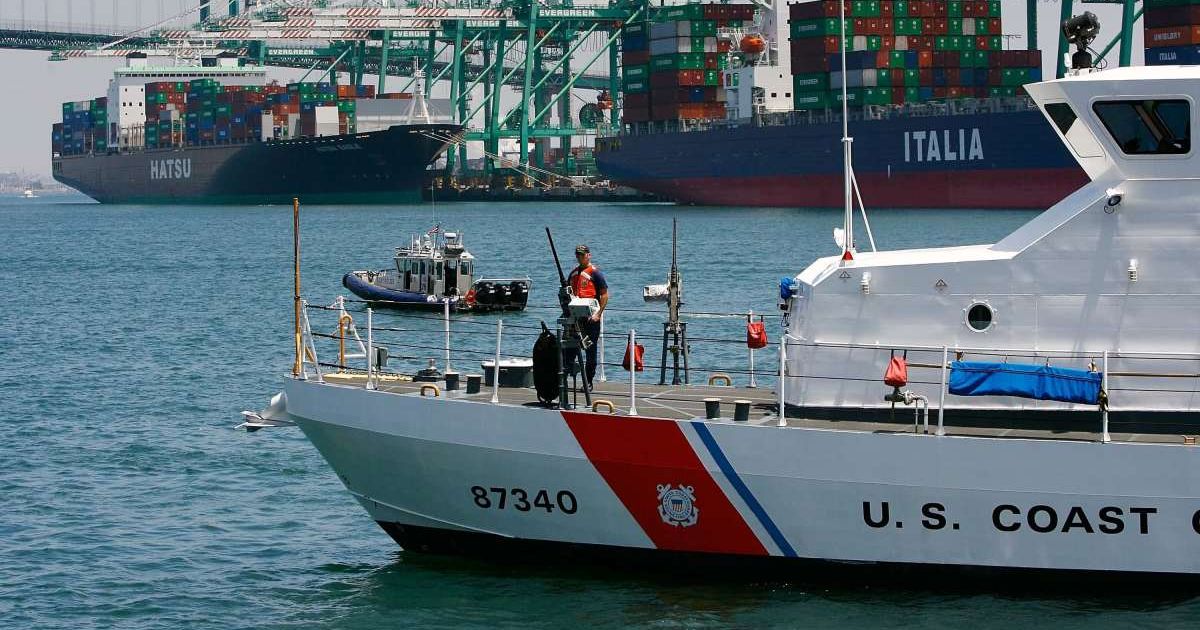
WASHINGTON, DC: A claim that the United States Coast Guard plans to stop classifying a World War II–era extremist emblem, nooses, and other hateful imagery as hate symbols has spread widely online. Several outlets suggested the policy could take effect in December and reclassify these symbols as potentially divisive rather than explicitly hateful. Here’s a fact check.
Claim: US Coast Guard will stop classifying extremist symbols
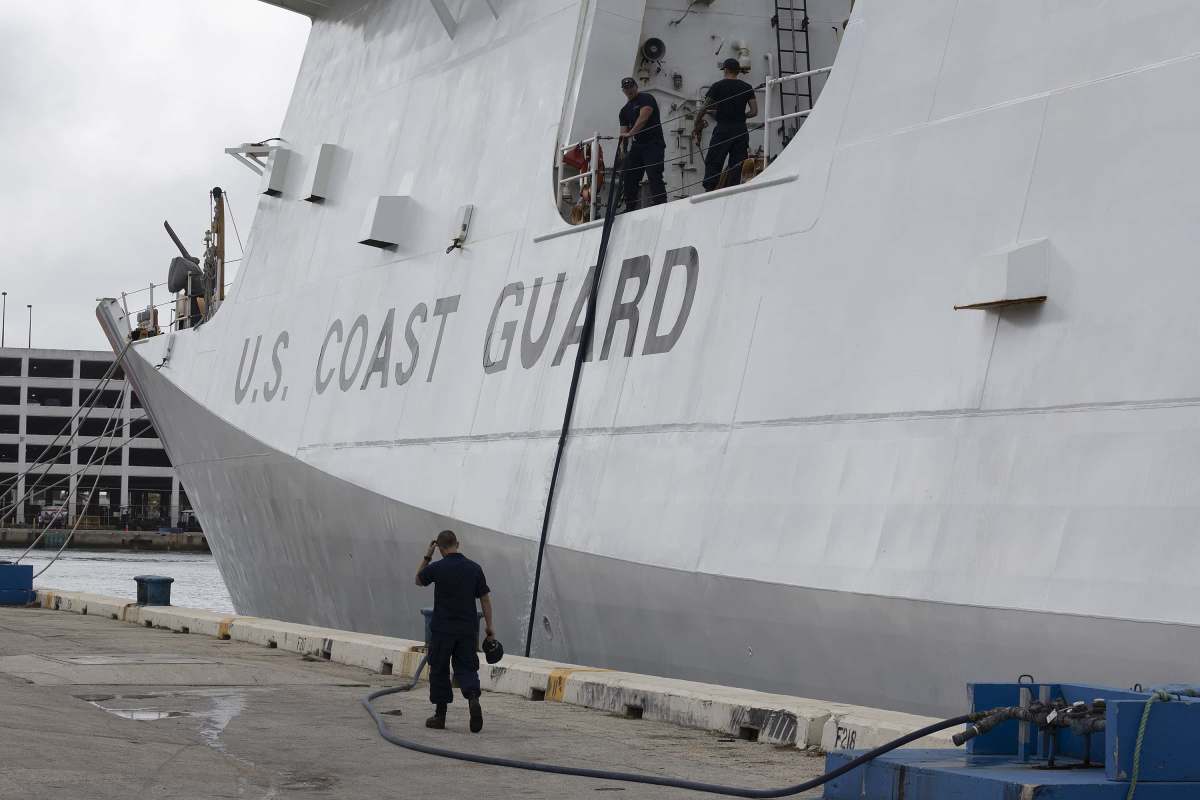
The claim first appeared in The Washington Post on November 20, 2025.
"The US Coast Guard will no longer classify a World War II–era extremist emblem — an emblem linked to fascism, white supremacy, and the deaths of millions during World War II — as a hate symbol, according to a new policy that takes effect next month,” the outlet reported.
The article added, “Instead, the Coast Guard will classify the emblem as 'potentially divisive' under its new guidelines.”
“The policy, set to take effect Dec. 15, similarly downgrades the classification of nooses and the Confederate flag, though display of the latter remains banned, according to documents reviewed by The Washington Post.”
“Certain historical displays or artwork where the Confederate flag is a minor element are still permissible under the policy,” the article also noted.
Fact Check: US Coast Guard denies the claim
“The claims that the US Coast Guard will no longer classify extremist symbols, nooses, or other hateful imagery as prohibited symbols are categorically false. These symbols have been and remain prohibited in the Coast Guard per policy. Any display, use, or promotion of such symbols will be thoroughly investigated and severely punished,” the US Coast Guard tweeted on November 20, 2025.
“The claims that the U.S. Coast Guard will no longer classify swastikas, nooses or other extremist imagery as prohibited symbols are categorically false. These symbols have been and remain prohibited in the Coast Guard per policy. Any display, use or promotion of such symbols, as…
— U.S. Coast Guard (@USCG) November 20, 2025
Admiral Kevin Lunday, acting commandant of the US Coast Guard, reinforced the message in a statement on X, saying the Coast Guard remains “unwavering in its commitment to fostering a safe, respectful, and professional workplace. Symbols such as extremist emblems, nooses, and other hateful imagery violate our core values and are treated with the seriousness they warrant under current policy.”
Y’all are just making things up now. 💀 https://t.co/7M3njbfwfy
— Homeland Security (@DHSgov) November 20, 2025
The US Department of Homeland Security, which oversees the Coast Guard, also accused The Washington Post of “making things up” in a post on X.
The confusion appears to stem from one change in the draft policy: the term “hate incident” has been removed, and the phrase “hate symbol” is no longer used. Symbols linked to extremist groups are now categorized as “potentially divisive symbols and flags,” but they remain prohibited.
The issue with extremist symbols

In the Western world, World War II–era extremist emblems are widely recognized as symbols associated with fascism and white supremacy. Their use continues among extremist groups to promote hatred and racial violence. Such symbols represent anti-Semitism, genocide, and fascist ideology, making them threatening and dangerous in many parts of the world.

